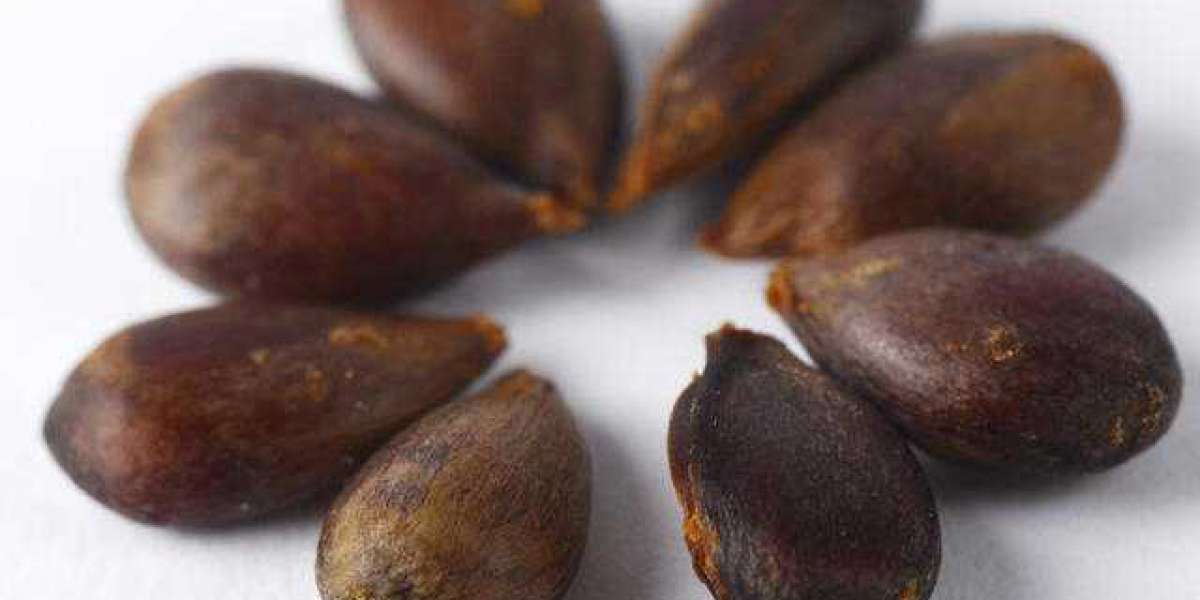Planting apple seeds is a fascinating endeavor that can lead to the cultivation of your very own apple trees. However, it's essential to understand that the timing of planting plays a crucial role in the success of your apple seedlings. In this article, we will explore in detail the best time to plant apple seeds and the factors that influence this decision.
The Ideal Season: Spring
The best time to plant apple seeds is undoubtedly in the spring. Spring is a season of renewal and growth in the plant kingdom, and apple seeds, like many other fruit tree seeds, respond favorably to the warming temperatures and increased daylight hours that come with this season. Here's why spring is the ideal time for planting apple seeds:
1. Soil Temperature: Apple seeds require a specific soil temperature range for optimal germination. In spring, as the soil begins to warm up after the cold winter months, it reaches the ideal temperature range for apple seed germination, typically between 60°F to 70°F (15°C to 21°C). The warm soil encourages the seeds to sprout and develop into seedlings.
2. Adequate Moisture: Spring often brings increased rainfall, which helps keep the soil consistently moist. Adequate moisture is crucial for seed germination and early seedling growth. The combination of warmer soil and sufficient moisture creates favorable conditions for apple seeds to establish themselves.
3. Reduced Risk of Frost: One of the risks associated with planting in early spring is the possibility of late frosts. However, by mid to late spring, the risk of frost decreases significantly in many regions. This is especially important for apple seeds and young seedlings, as they are vulnerable to frost damage.
4. Growing Season Ahead: By planting apple seeds in the spring, you provide them with an entire growing season ahead. This extended period allows the seedlings to develop strong root systems and above-ground growth before facing the challenges of winter.
Factors Influencing Timing
While spring is the preferred season for planting apple seeds, the specific timing within the spring months can vary based on several factors:
1. Local Climate: The timing of spring can vary from one region to another. In colder climates, spring may arrive later, while in warmer regions, it can begin earlier. Therefore, it's essential to consider your local climate and average last frost date when determining when to plant apple seeds.
2. Frost Risk: As mentioned earlier, late frosts can pose a threat to young apple seedlings. To mitigate this risk, it's advisable to plant apple seeds in the latter part of spring when the likelihood of frost diminishes.
3. Indoor Starting: Some gardeners choose to start apple seeds indoors in pots or trays before transplanting them outdoors. If you opt for this method, you can begin the indoor germination process several weeks before the last expected frost date in your area. Once the seedlings are strong and the risk of frost has passed, you can transplant them into the garden.
4. Specific Apple Variety: Certain apple varieties may have slightly different timing requirements for planting. It's a good practice to research the specific variety you intend to grow to ensure you are planting it at the most suitable time.
Additional Tips for Success
While the timing of planting is crucial, there are other essential factors to consider when planting apple seeds:
1. Proper Seed Preparation: Before planting, prepare the apple seeds by removing them from the apple, washing away any fruit residues, and allowing them to dry for a day or two. Stratify the seeds by placing them in a damp paper towel in the refrigerator for about 4-6 weeks. This process mimics the natural conditions that break seed dormancy.
2. Soil Preparation: Ensure that the soil in your chosen planting location is well-draining, rich in organic matter, and has a slightly acidic to neutral pH (around 6.0 to 7.0). Loamy or sandy loam soils are typically ideal for apple seedlings.
3. Adequate Spacing: If you plan to transplant apple seedlings into a larger orchard or garden, be sure to space them appropriately, usually around 20 to 30 feet apart. Proper spacing allows the trees to grow without competing for resources.
4. Patience and Care: Growing apple trees from seeds is a long-term project that requires patience. It can take several years, often 6 to 10 years or more, for apple trees grown from seeds to bear fruit. Be prepared to provide ongoing care, including pruning, fertilizing, and protection from pests and diseases, as the trees mature.
In conclusion, the best time to plant apple seeds is in the spring, typically from March to May, when soil temperatures are optimal, moisture is readily available, and the risk of frost is reduced. However, the exact timing within this window should consider local climate conditions and the specific requirements of the apple variety you intend to grow. By following these guidelines and providing proper care, you can embark on a rewarding journey to cultivate your own apple trees and, eventually, enjoy the fruits of your labor.








